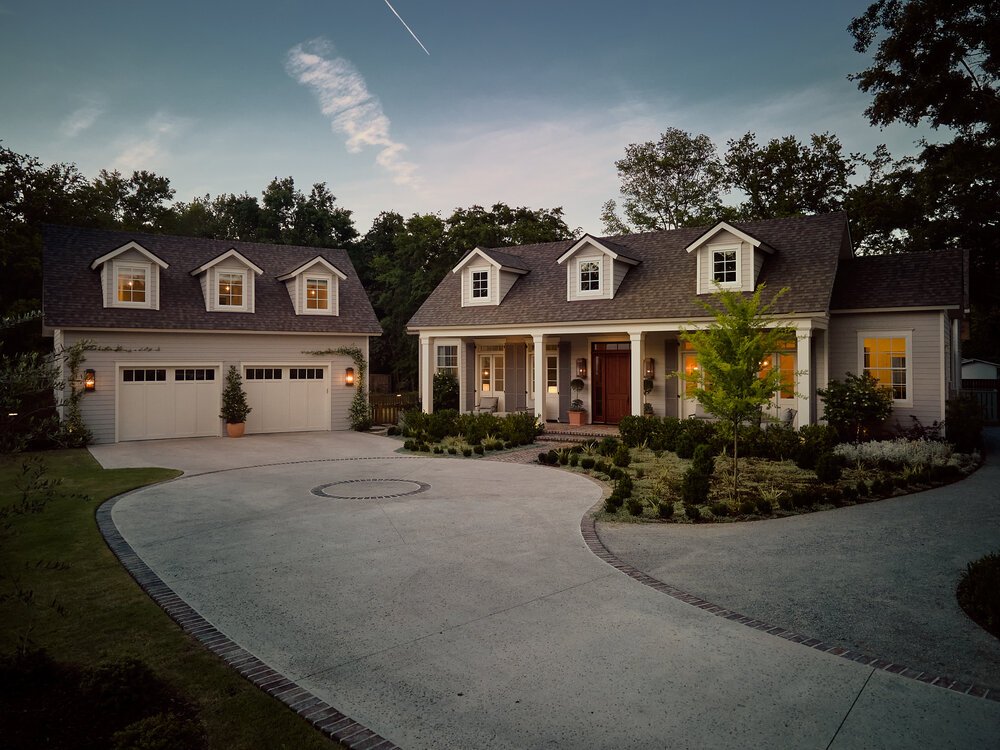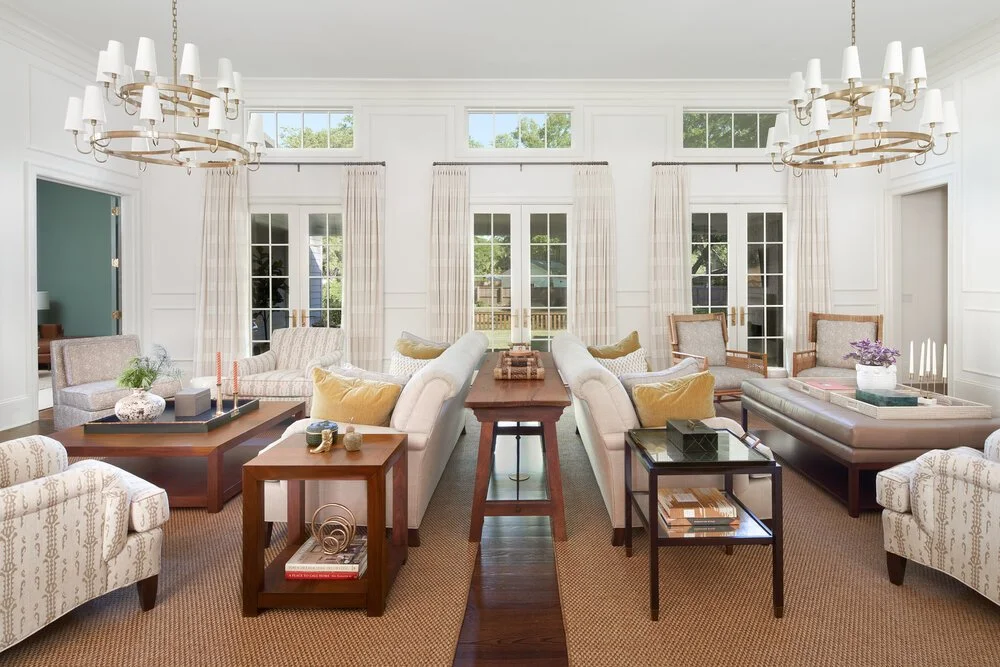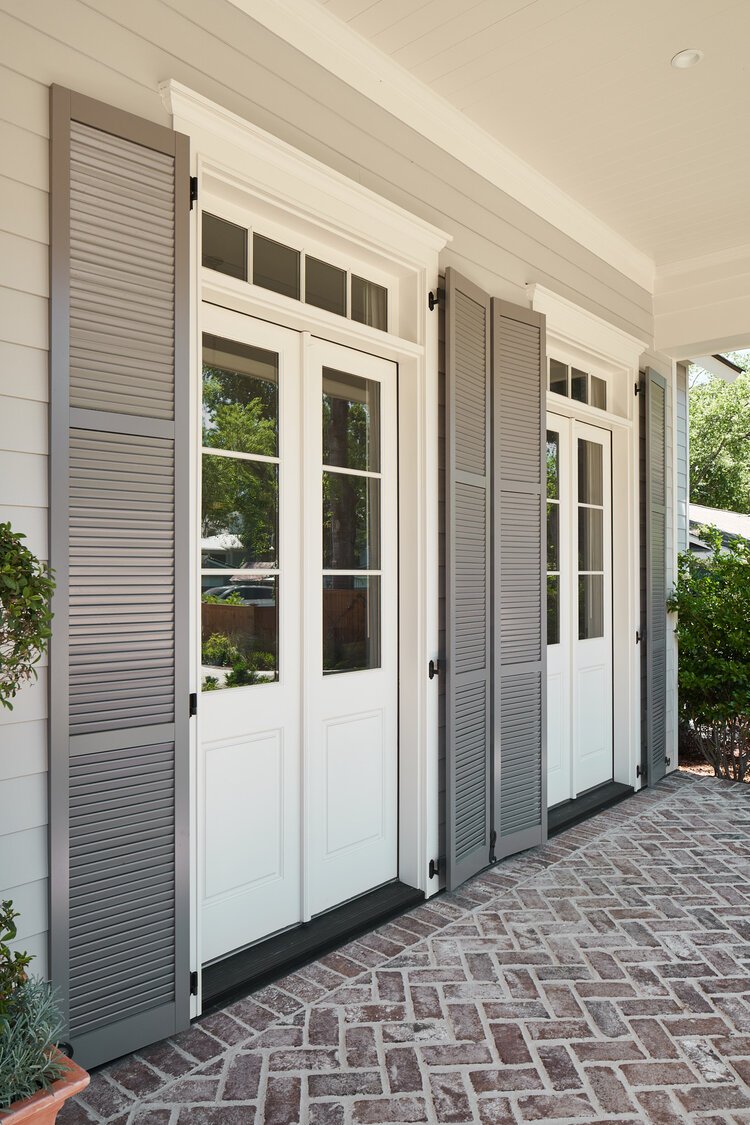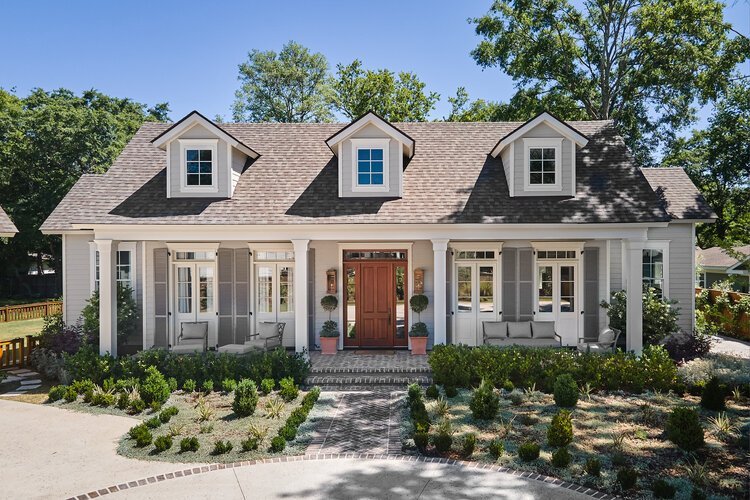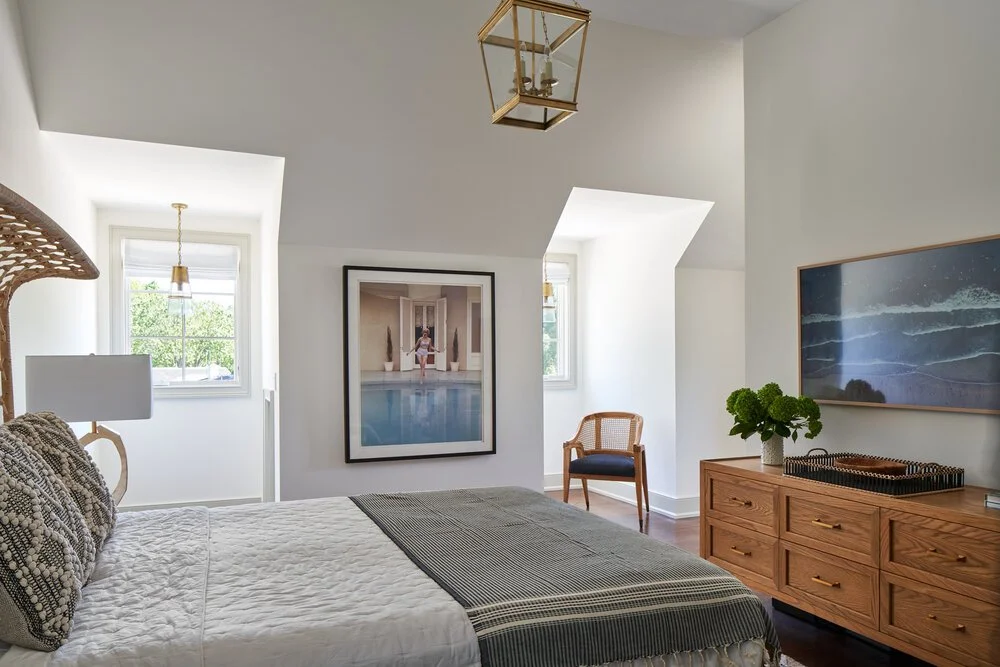What is Southern Colonial Architecture?
Our Austin Architects Define the Southern Colonial Style
Southern Colonial architecture is best known for its classic front porch, which provides the perfect spot to unwind at the end of the day with a cool glass of iced tea. This historic style is primarily found in the American South, dotting the oak-filled landscapes of the Carolinas to Louisiana. However, it has become increasingly popular across the country in recent years, even here in Austin, Texas! Our Austin architects have received many requests for new construction builds designed to reflect this period style. So, we’ve decided to take a deeper look at Southern Colonial architecture to see what makes it so popular. Let’s discover the history of the Southern Colonial style and the elements that define the look.
What is Southern Colonial Architecture?
Southern Colonial architecture is a regional variation of the traditional Colonial style prevalent in the American South, especially along the coastlines. The style draws influence from Greek Revival architecture, employing symmetry with decorative elements like columns. The Southern variation of the Colonial style is most famous for its iconic front porch, which provides a welcoming landing to greet guests and relax.
A Brief History of Southern Colonial Architecture
Southern Colonial architecture is sometimes referred to as the Antebellum, Plantation, or Southern Coastal style because it is tied to a specific time and place. Original Southern Colonial homes were built prior to the Civil War during the Antebellum Period in the American South, often on agricultural plantations. However, the style was not exclusively used for plantation mansions. It can also be seen in other smaller residences along the region's Atlantic and Gulf Coasts.
Southern Colonial Home by DK Studio
The Southern Colonial style borrows much of its inspiration from the American Colonial architecture of the Northeast with a few modifications. The Southern variation includes the addition of porches, which serve the practical purpose of shading and cooling interiors in warmer climates. Additionally, Southern Colonial homes are often raised with a brick base to protect them from flooding. They are clad in wood slat siding, which was a more readily available material for the facade than brick.
Defining Elements of the Southern Colonial Style
Southern Colonial and Southern Coastal homes don’t have to be large and grand. The defining elements focus on historic-inspired charm, cool outdoor gathering spaces, and a warm, welcoming feel.
Southern Colonial Exterior Features
Symmetrical Exterior
Southern Colonial homes are typically one to two stories tall with a symmetrical facade, meaning the left and right sides are mirror images of each other. Symmetry is a classic design element that draws from the Greek Revival style and is also used in traditional Colonial architecture.
Raised Brick Base
The style gets its Southern Coastal nickname because it is often found along the coastline, which offers cool relief from the summer heat but also poses a risk of flooding. For practical flood prevention, many Southern Colonial homes sit on a raised brick base. Aesthetically, this also creates a charming step up and a more substantial visual presence from the street.
Slat Siding
Contrasting the brick base, Southern Colonial homes are often clad in siding. While the traditional option would have been wood, our Austin architects recommend a more durable and low-maintenance Hardie Board.
Front and Back Porches
Porches were originally used in Southern Colonial architecture to shade the home and keep it cooler during the hot months. Now, the stye’s porches are loved for their charm, indoor-outdoor connections, and additional entertaining space. Southern Colonial homes always have a welcoming front porch to receive guests and often screened back porches to enjoy outdoor living at its best.
Steep-Pitched Singled Roof and Window Dormers
Southern Colonial homes often have shingled roofs with steep pitches to accommodate dormer windows that supply light and additional living space to the top floor. These spaces make for great bedrooms and cozy interior window nooks.
Charming Accents: Columns, Shutters, French Doors, Gas Lanterns
Finally, Southern Colonial exteriors are finished off with charming accents like columns, window shutters, glass French doors, and flickering gas lanterns. These details add touches of historic charm that make these homes feel classic and welcoming.
Southern Colonial Interior Features
Decorative Woodwork
Inside, the Southern Colonial charm continues with decorative millwork, trim, and wall paneling. Must-have decorative elements include crown molding, wainscotting, and full-wall paneling, especially in more formal rooms. Wood flooring also provides a warm feel and is a classic element of Southern Colonial homes.
Formal Floor Plans
While Southern Colonial homes have an open and airy feel, they also offer a more formal floor plan, often with separate rooms for dining and living. This layout provides a more traditional feel and offers a better sense of privacy.
Natural Light
Before the days of air conditioning, Southern Colonial homes used windows for cross ventilation, so most rooms included windows on multiple sides. Today, these walls of window flood interiors with bright natural light and frame the beautiful views outside.
Why is the Southern Colonial Style Trending?
The Southern Colonial style dates back hundreds of years, but today, it’s seeing a revival not only in the South but across the country. While the look offers a feeling of historic charm, other aspects of these designs resonate with modern living. Defined spaces offer privacy for home offices, and large porches provide in-demand outdoor living.
Do You Need Help Designing Your Home?

